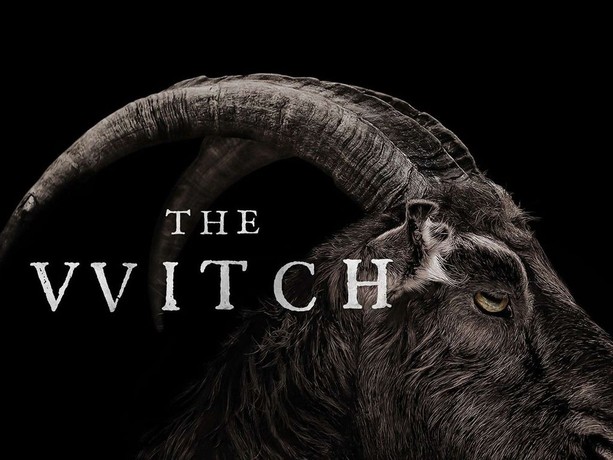
The wind whispers through gnarled trees, carrying tales of forgotten gods and ancient pacts. A lone traveler stumbles upon a village where the smiles feel a little too wide, the traditions a little too entrenched. This unsettling atmosphere, thick with superstition and the weight of the past, is the fertile ground from which folk horror springs. More than just scares, these films delve into the deep roots of local mythology, unearthing primal fears and exploring the enduring power of place.
Folk horror isn’t about jump scares in the dark; it’s a slow burn of dread, a creeping realization that beneath the veneer of the familiar lies something ancient and potentially malevolent. Its power lies in its specific connection to a particular landscape and the unique folklore that has grown from its soil. Unlike gothic horror, which often features isolated castles and universal monsters, folk horror is deeply rooted in the local. It draws its power from the specific beliefs, rituals, and fears that have been passed down through generations in a particular community.
Think of the quintessential folk horror film, “The Wicker Man” (1973). Its chilling power doesn’t just come from the shocking climax, but from the gradual immersion into the pagan beliefs of Summerisle. The film meticulously crafts a mythology specific to that island – a sun god, agricultural rituals, and a societal structure built upon these ancient beliefs. Sergeant Howie’s staunch Christian worldview clashes violently with the ingrained paganism, highlighting the terrifying potential when external rationalism confronts deeply held local mythology.
Similarly, “The Witch” (2015) masterfully evokes the Puritanical anxieties and folklore of 17th-century New England. The film doesn’t rely on generic witch tropes; instead, it draws from specific historical accounts and fears surrounding witchcraft in that era. The whispers of pacts with the devil, the unsettling presence of the woods, and the disintegration of the family unit are all deeply intertwined with the local mythology of the time. The film becomes a chilling exploration of how those beliefs could manifest in a harsh and unforgiving landscape.
The connection between folk horror and local mythology extends beyond overt depictions of pagan rituals or supernatural entities. Sometimes, the mythology is more subtly woven into the fabric of the narrative. In “Kill List” (2011), the descent into violence and madness is gradually revealed to be connected to a shadowy, cult-like organization with seemingly ancient roots within the local community. While the specific mythology isn’t explicitly laid out, the film hints at long-standing traditions and a disturbing undercurrent of belief that has festered beneath the surface of ordinary life.
One of the key elements that makes this connection so potent is the use of landscape as a character in itself. In folk horror, the environment isn’t just a backdrop; it’s imbued with history, memory, and often, a sense of ancient power. The isolated moors, the dense forests, the windswept coastlines – these are places where old beliefs can persist, undisturbed by the homogenizing forces of modernity. The land itself seems to hold the echoes of past rituals and the presence of forgotten entities.
Furthermore, folk horror often explores the tension between tradition and modernity, the outsider versus the insider. The arrival of a skeptical protagonist into a tightly knit community with its own unique set of beliefs is a recurring trope. Their rational worldview is often challenged, undermined, and ultimately consumed by the deeply ingrained local mythology. This clash highlights the enduring power of tradition and the potential dangers of dismissing beliefs simply because they fall outside the realm of conventional understanding.
The resurgence of folk horror in recent years speaks to a continued fascination with these themes. In an increasingly globalized and interconnected world, there’s a yearning to explore the unique stories and mythologies that define specific places. These films offer a glimpse into the hidden corners of our cultural landscape, reminding us that beneath the surface of our modern lives, the echoes of ancient beliefs and primal fears may still linger.
By delving into local mythology, folk horror films tap into something deeply resonant within the human psyche. They remind us of our connection to the land, the power of tradition, and the enduring influence of the stories we tell ourselves about the world around us. They are a chilling testament to the fact that some roots run so deep that they continue to bleed red, long after they are supposedly forgotten.
